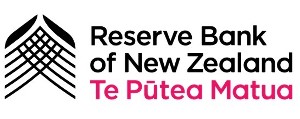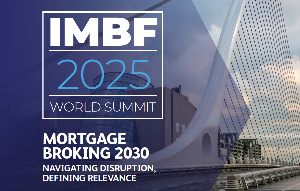
It says it will be consulting with lending institutions, such as banks, on this matter towards the end of this month.
The Reserve Bank has been considering DTIs since the middle of the year, and reached agreement with the Minister of Finance in July.
This involved a broad category of policy tools, Debt Serviceability Restrictions (DSRs), of which DTIs are the most prominent component.
In its latest Financial Stability Report, issued this morning, the RBNZ said DSRs were the most effective additional tool after Loan to Value (LVR) tools which are aready in use and are in fact being tightened up further.
“DSRs complement current restrictions on housing lending at high LVRs and would provide an additional way for us to address financial stability risks related to the housing market,” the bank wrote.
“LVR limits lower the likelihood that a borrower would be in negative equity following a house price decline, while DSRs build borrowers’ buffers against serviceability shocks, such as a rise in interest rates.”
The bank then said it would start consulting on DSRs in late November.
The talks would include DTIs and regulatory floors on the test interest rates that banks use in their debt serviceability assessments.
Implementation of a DTI limit could take at least six months following completion of the design and calibration of the tool, but a floor on test interest rates could be implemented sooner.
DTIs were adopted last week by BNZ and have been in use for some time at ASB.
They have been roundly criticised by mortgage brokers as being inappropriate for property investors.




Comments
No comments yet.
Sign In to add your comment